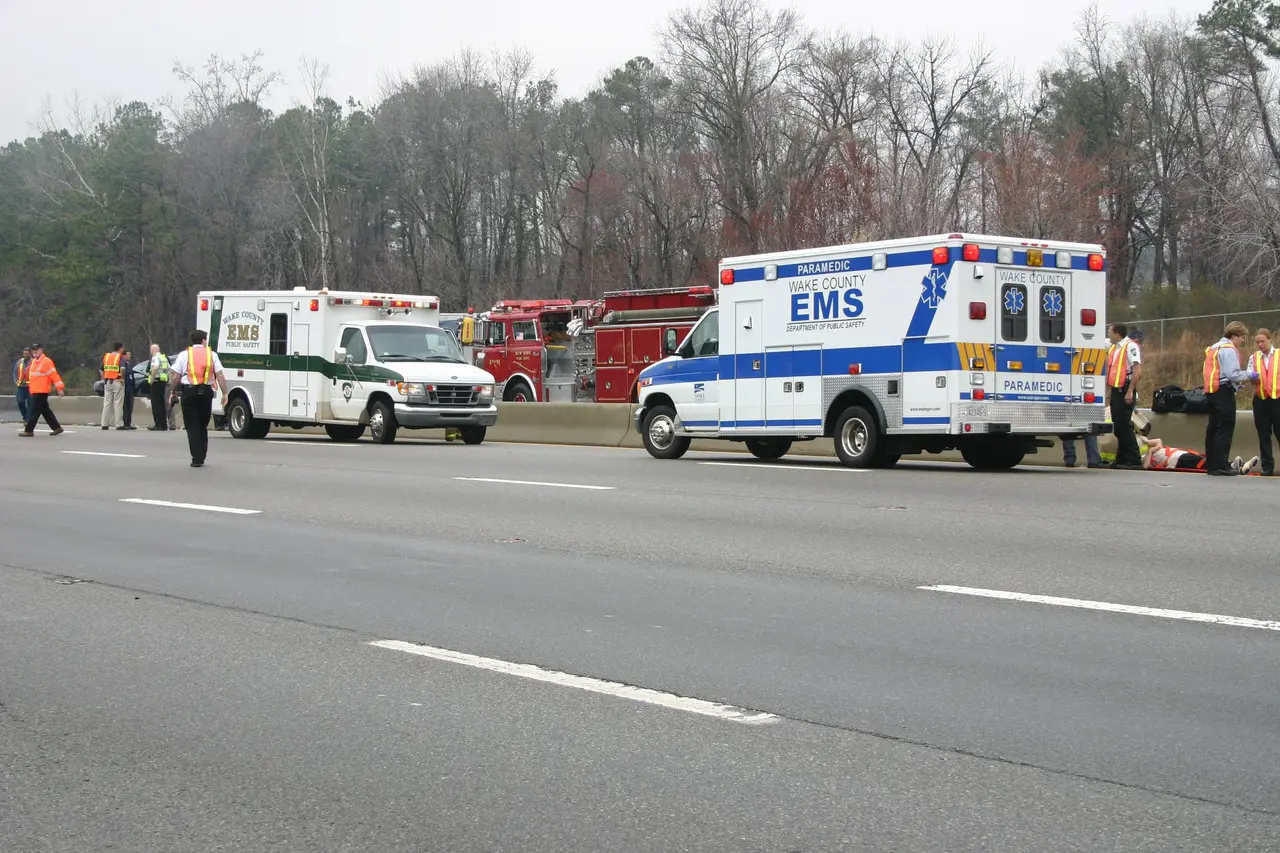In the world of emergency medical services (EMS), preparedness is everything. Whether responding to a cardiac arrest or stabilizing a trauma patient, EMS professionals need to be confident, competent, and quick thinking. That level of readiness doesn’t come from textbooks alone it comes from immersive training that replicates real life situations.
So, what tools are essential to ensure EMS students are not just learning but truly mastering the skills they need to save lives?
Image credit: Wake County EMS Source: Wake County Government – History of Wake County EMS
1. Basic Assessment Tools
Foundational assessment tools are critical for teaching students how to evaluate patients quickly and accurately. These include:
- Stethoscopes: For listening to heart and lung sounds.
- Sphygmomanometers (blood pressure cuffs): For monitoring vital signs.
- Thermometers and pulse oximeters: For assessing temperature and oxygen saturation.
Training with these devices helps students perform thorough initial assessments and identify life threatening conditions.
2. Airway Management Equipment
Securing and maintaining an airway is one of the most vital skills in EMS. Students must become proficient in using:
- Bag-valve masks (BVMs)
- Oropharyngeal (OPA) and nasopharyngeal (NPA) airways
- Suction units
- Endotracheal intubation kits (for advanced training)
These tools help simulate scenarios where maintaining a patient’s airway is critical, reinforcing both technique and urgency.
3. Defibrillators and EKG Machines
Hands on training with automated external defibrillators (AEDs) and portable EKG monitors teaches students how to identify and treat life threatening cardiac arrhythmias. These tools provide real time feedback and help build confidence in managing cardiac emergencies.
4. Immobilization and Transport Devices
Effective patient handling is just as important as treatment. EMS students must practice with:
- Backboards and cervical collars: For spinal immobilization.
- Stretchers and stair chairs: For safe patient transport.
- Splints: For stabilizing fractures and joint injuries.
Mastering these tools prepares students for safely moving patients from diverse and challenging environments.
5. High-Fidelity Simulation Manikins
One of the most valuable additions to modern EMS education is the high-fidelity simulation manikin. These advanced tools replicate:
- Breathing patterns
- Bleeding control
- Airway obstructions
- Vital sign responses
With programmable scenarios, students can practice everything from trauma assessments to cardiac arrests in a controlled yet realistic environment.
6. Medication Administration Tools
Training EMS personnel in safe and effective medication delivery requires:
- Practice IV arms
- Syringes and saline bags
- Medication kits (for simulation)
These tools teach dosage accuracy, technique, and safety key aspects of patient care under pressure.
7. Communication Devices
EMS doesn’t happen in isolation. Students must learn how to communicate effectively with dispatch, hospitals, and team members. Training with radios, mobile data terminals (MDTs), and simulated dispatch scenarios enhances teamwork and coordination.
Final Thoughts
EMS training is about more than memorizing protocols it’s about building muscle memory, decision-making skills, and confidence. The right tools make that possible. By integrating a mix of assessment equipment, simulation technology, and field gear, training programs can produce well rounded, capable EMS professionals ready to meet the demands of the job.
Ready to equip your training program for success?
At MedTech, we provide the essential EMS training tools and simulation resources you need to prepare the next generation of emergency responders. From manikins and medical equipment to expert training support, we’re here to help you elevate your curriculum and empower your students.
Contact MedTech today to learn more about our EMS training solutions.
📞 Call us at 844-800-8740 📧 Email us at Orders@MedTechKits.com

